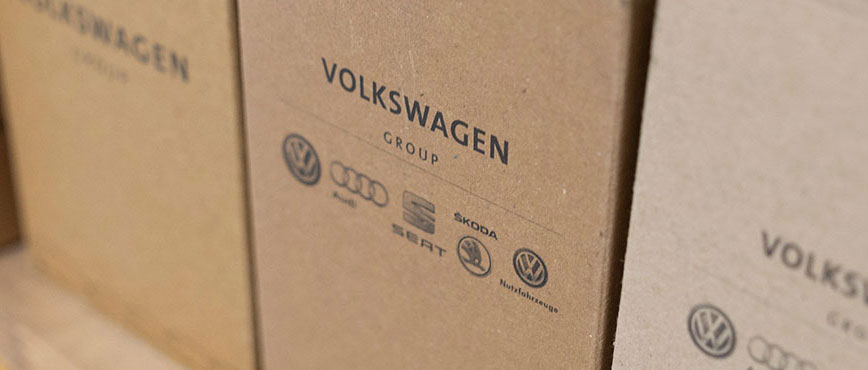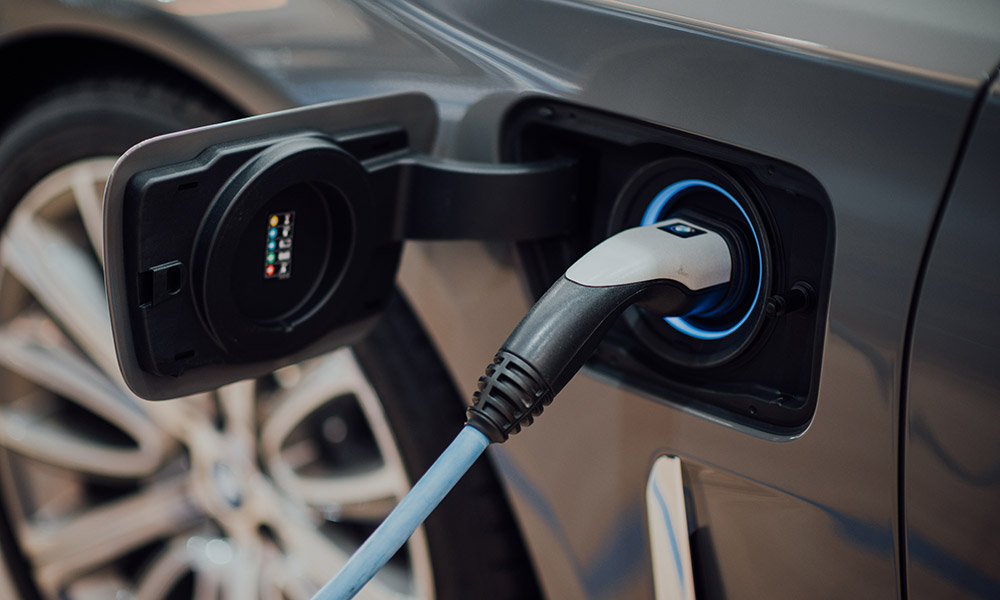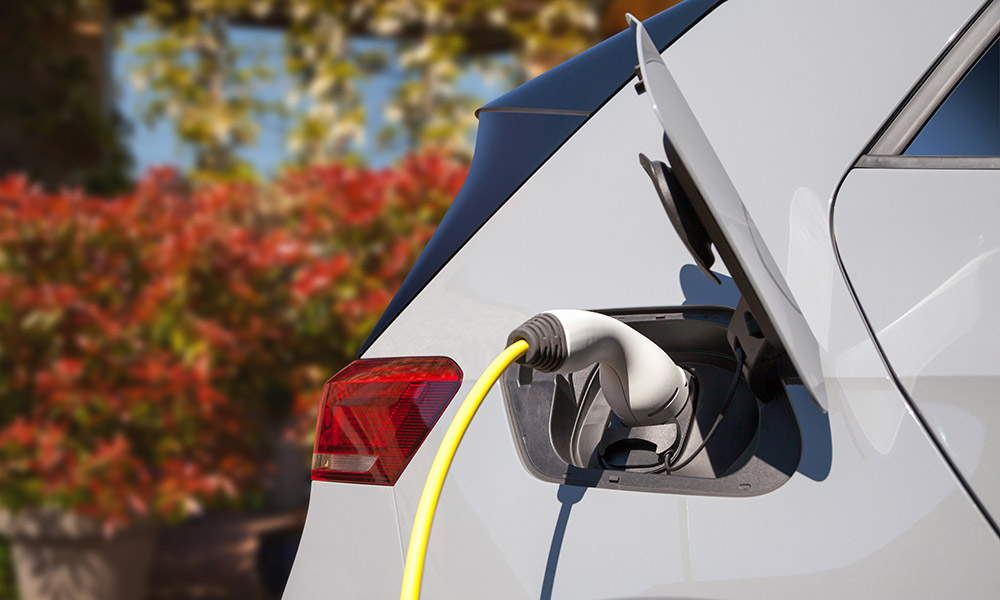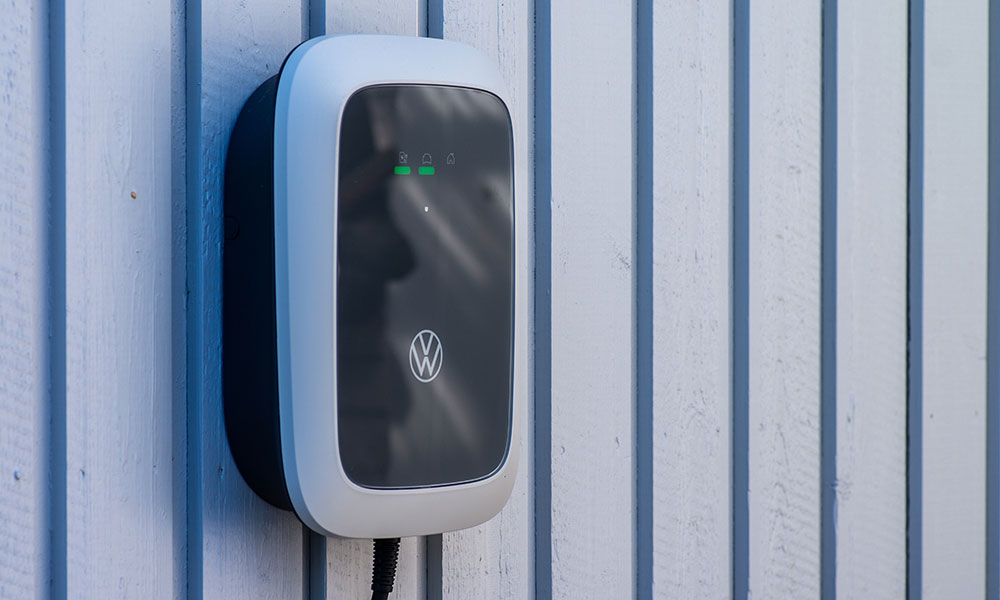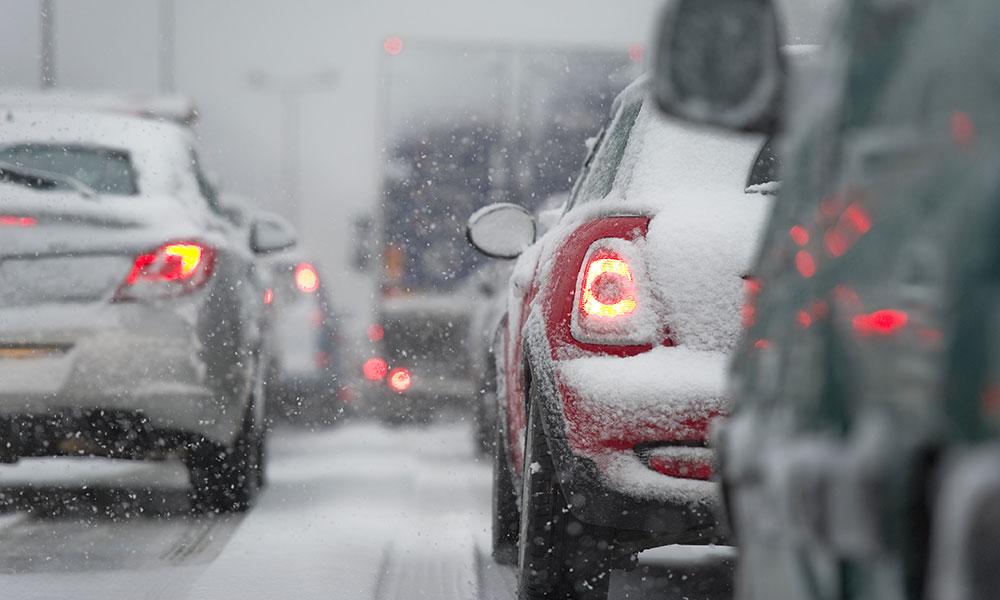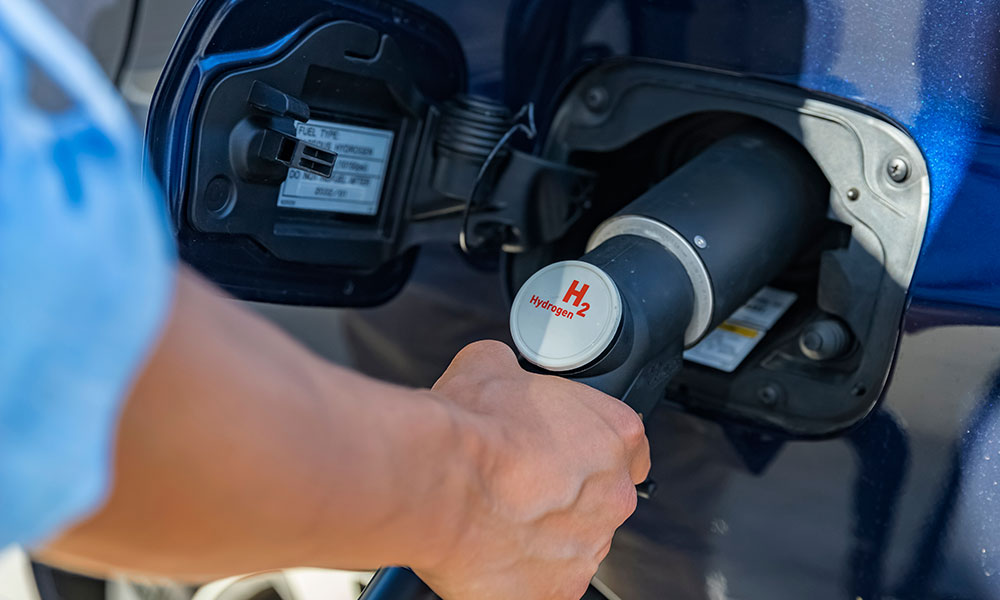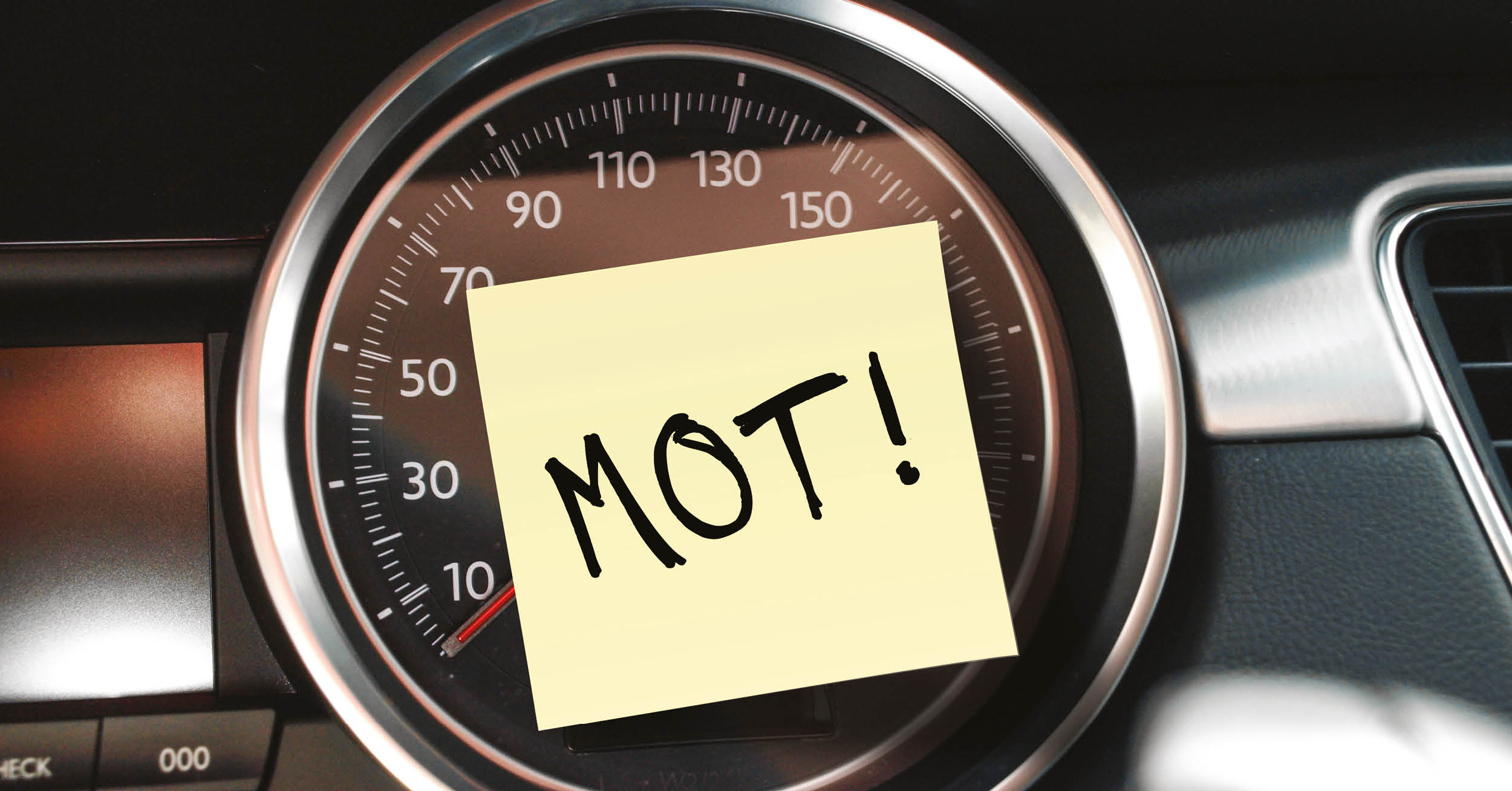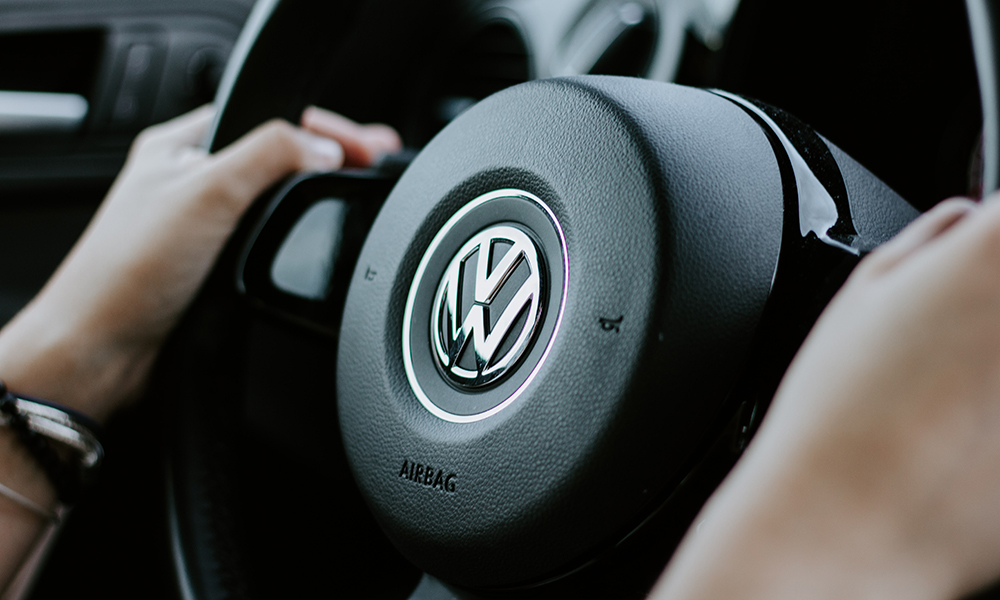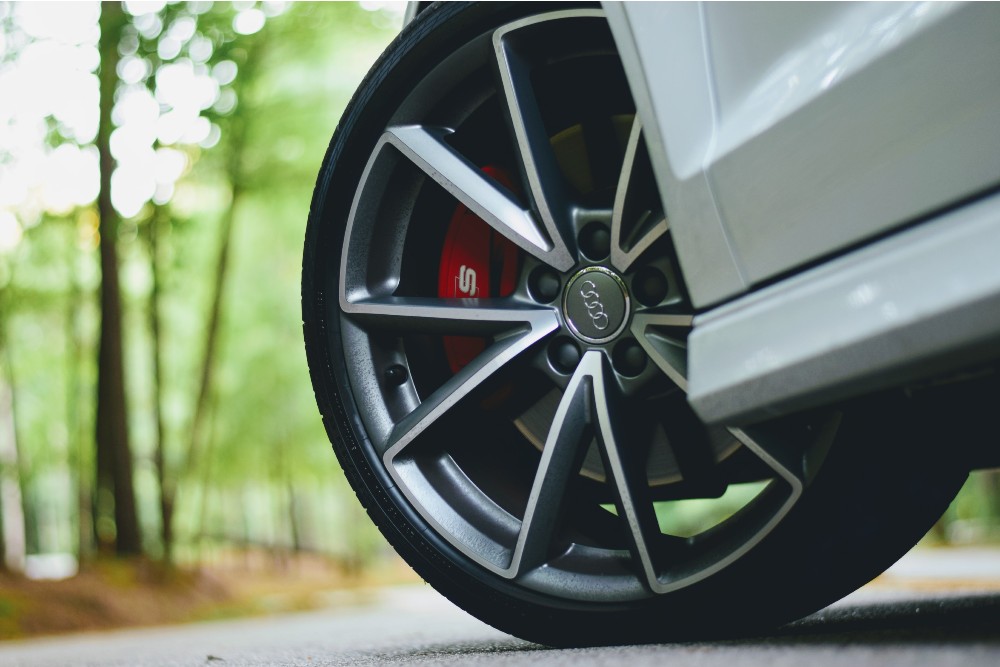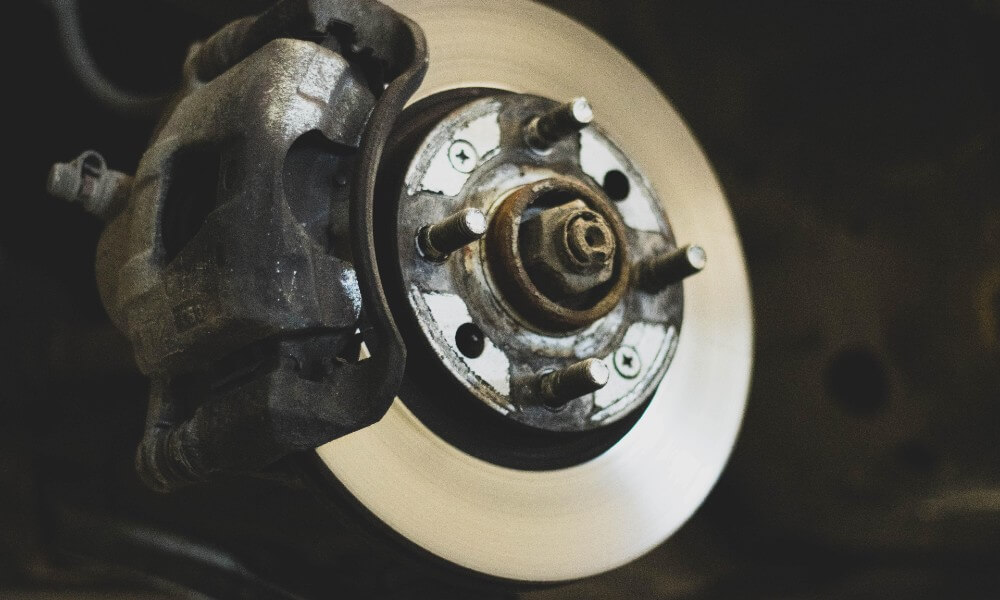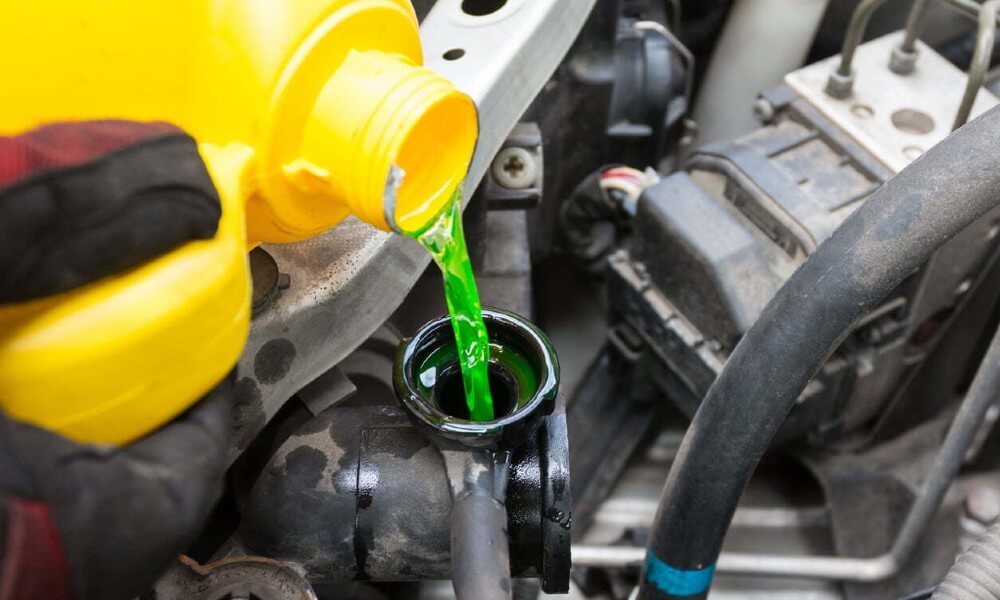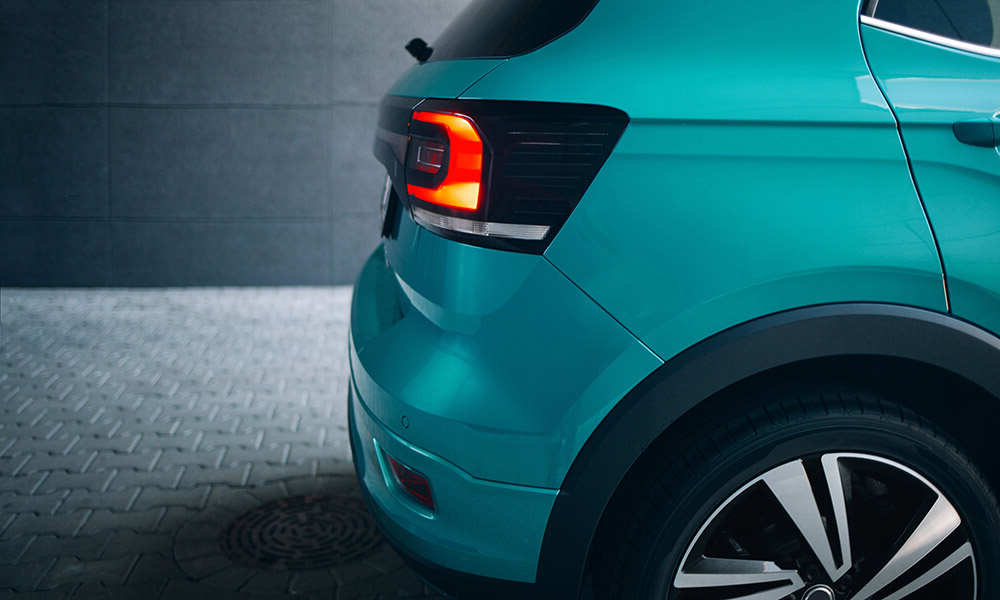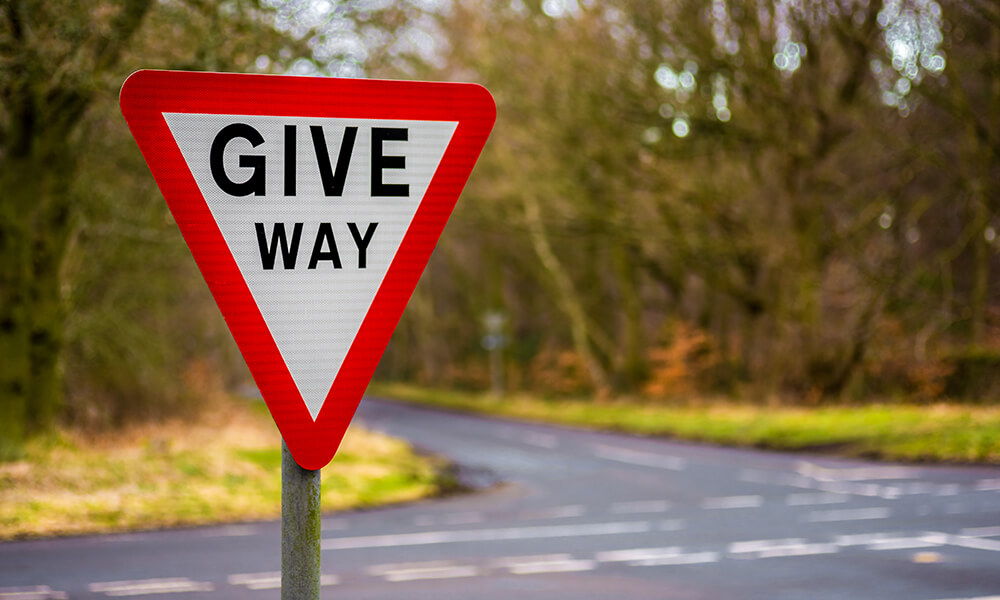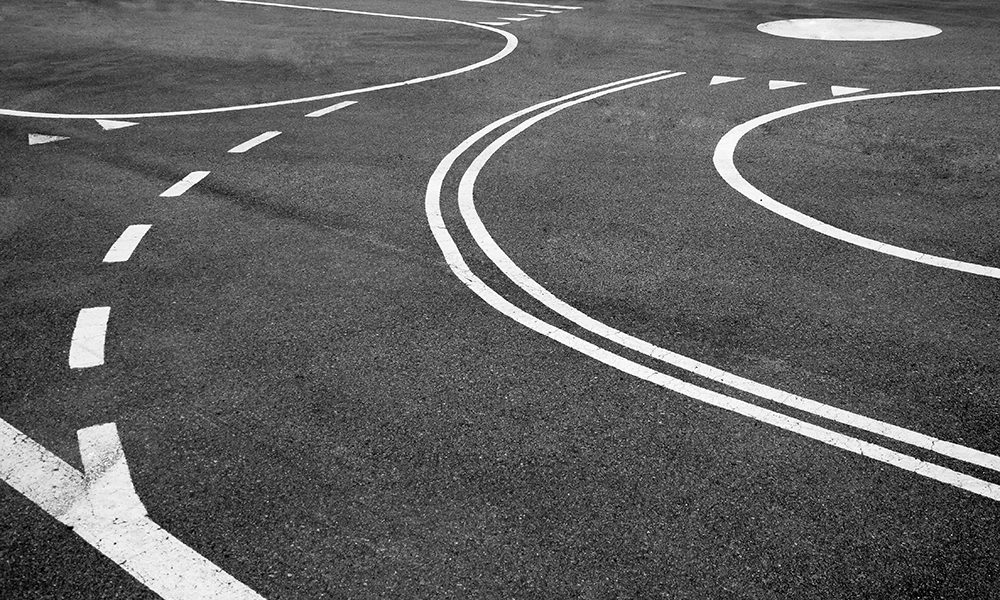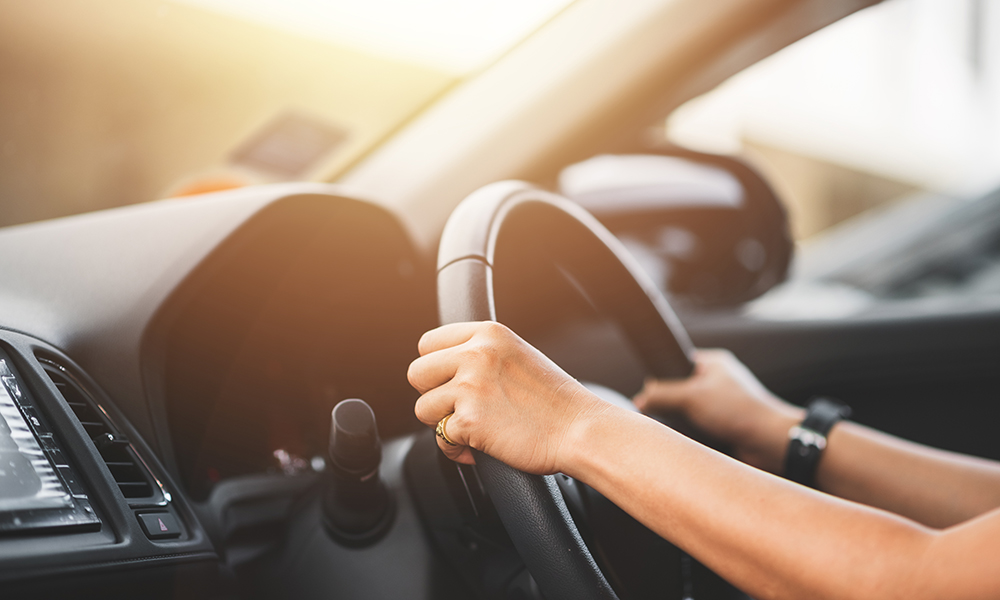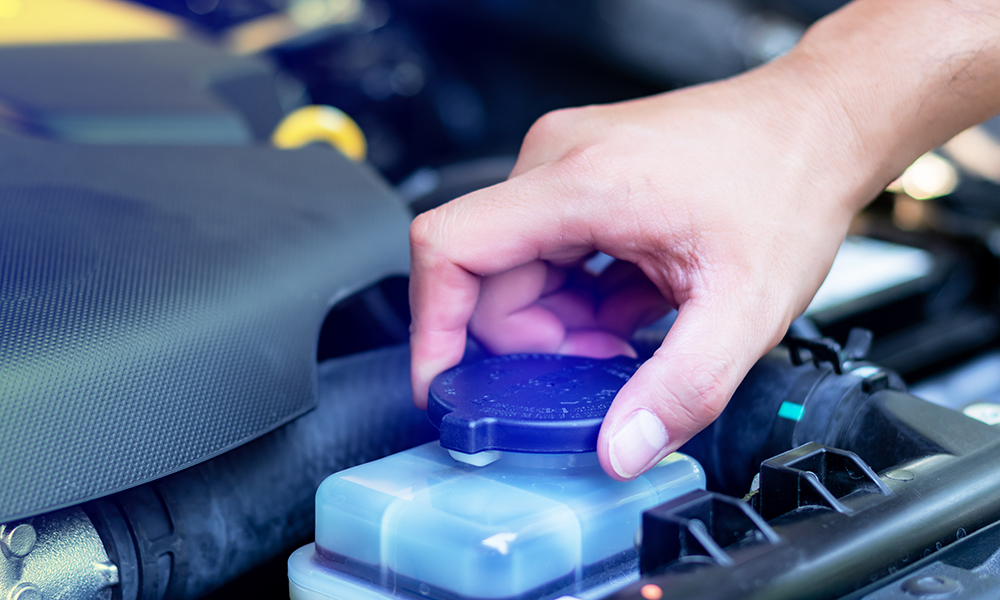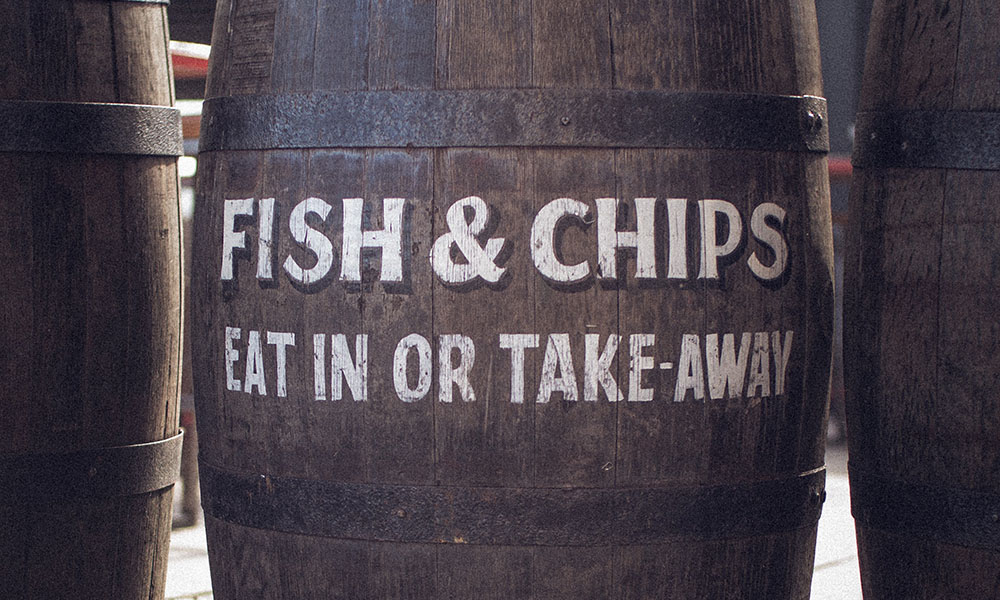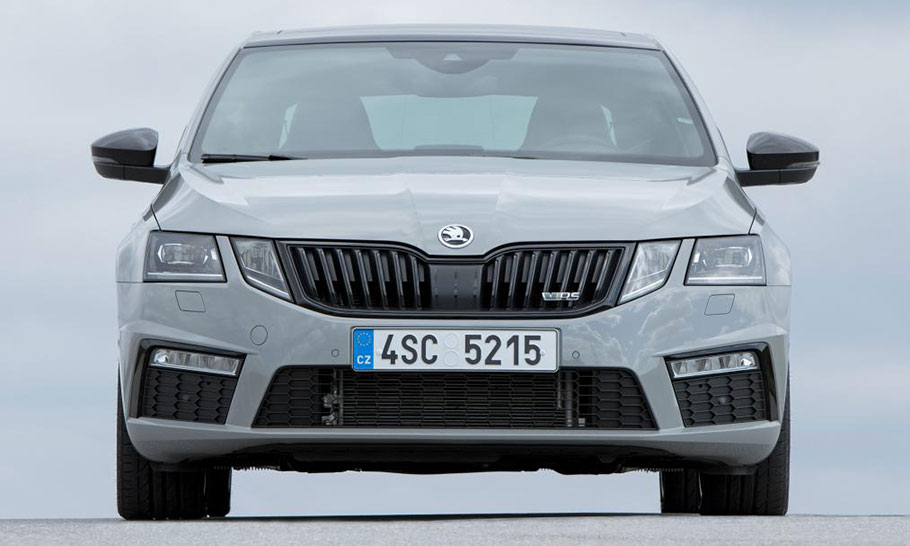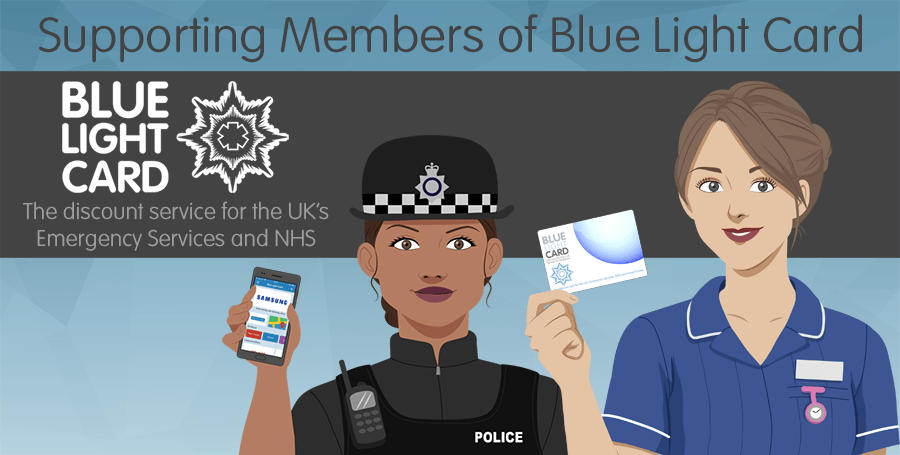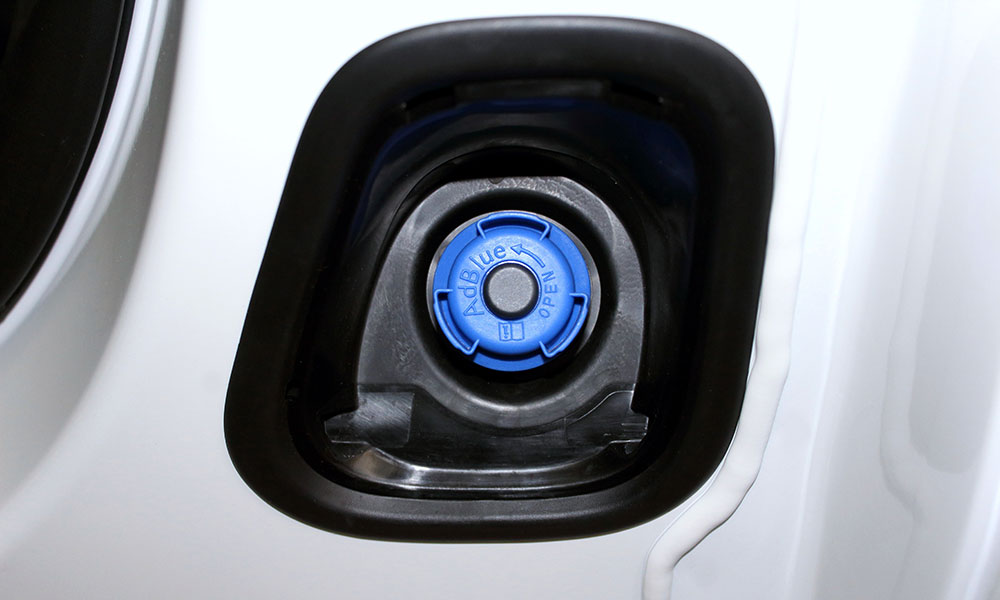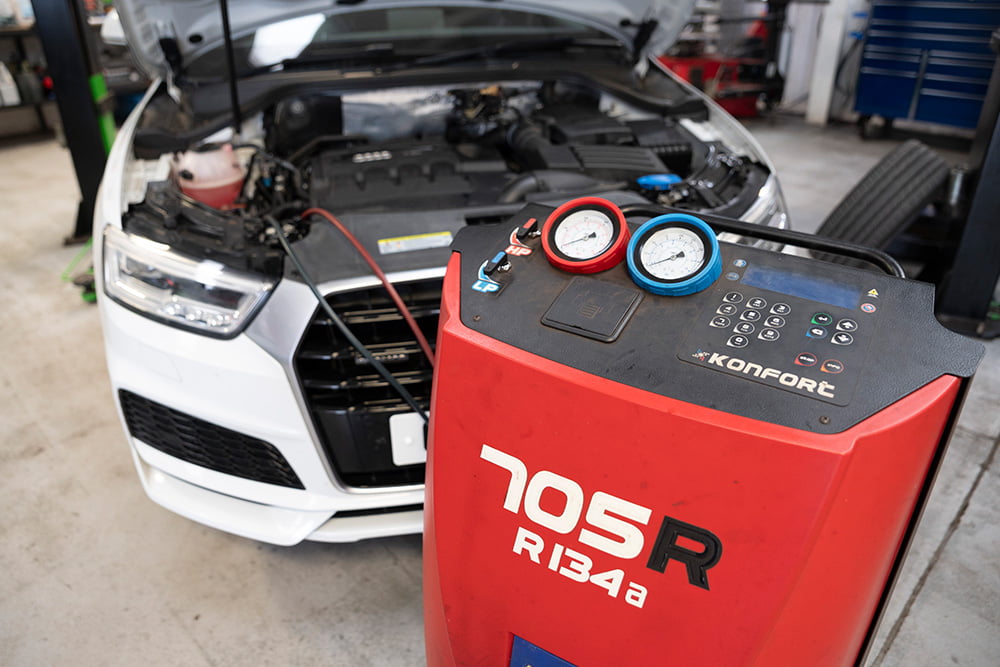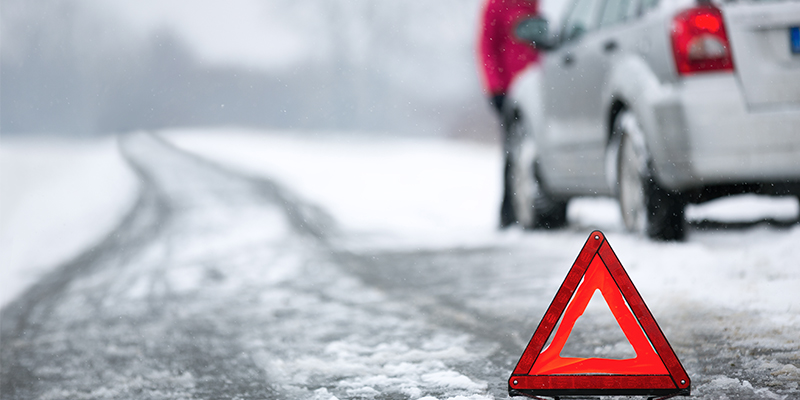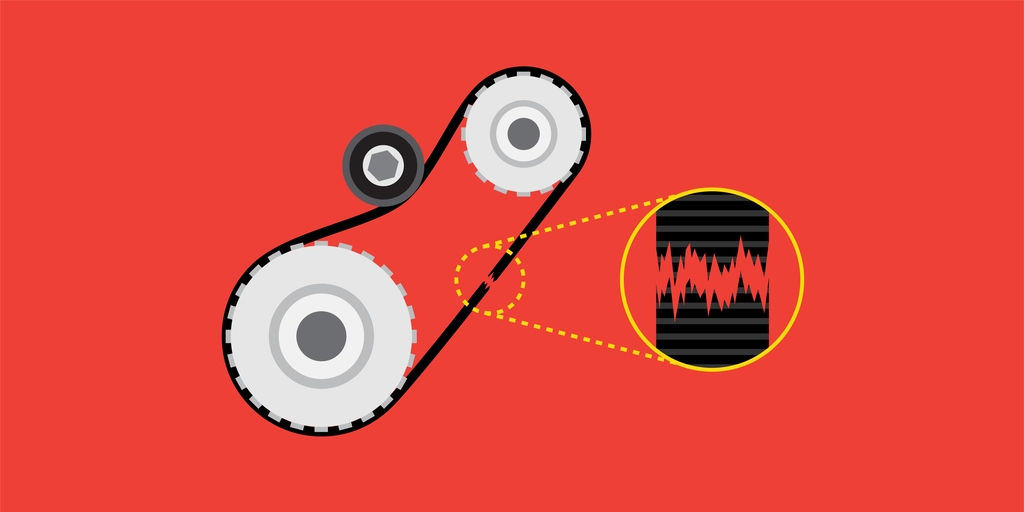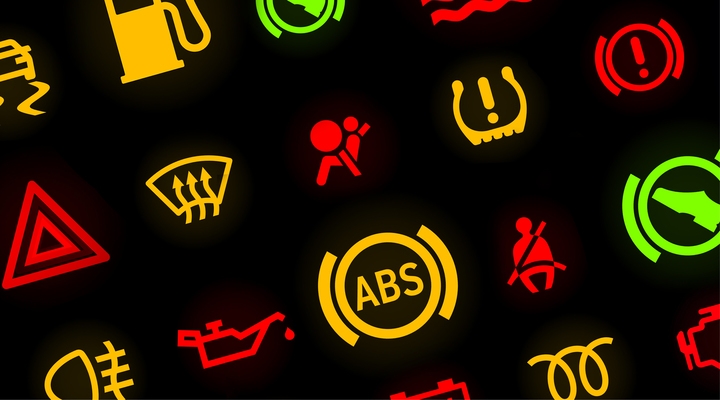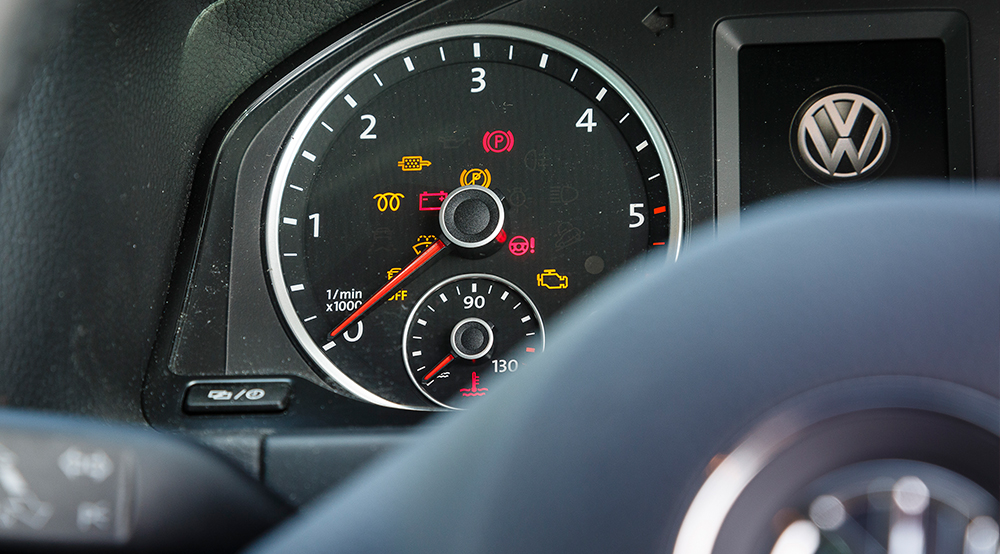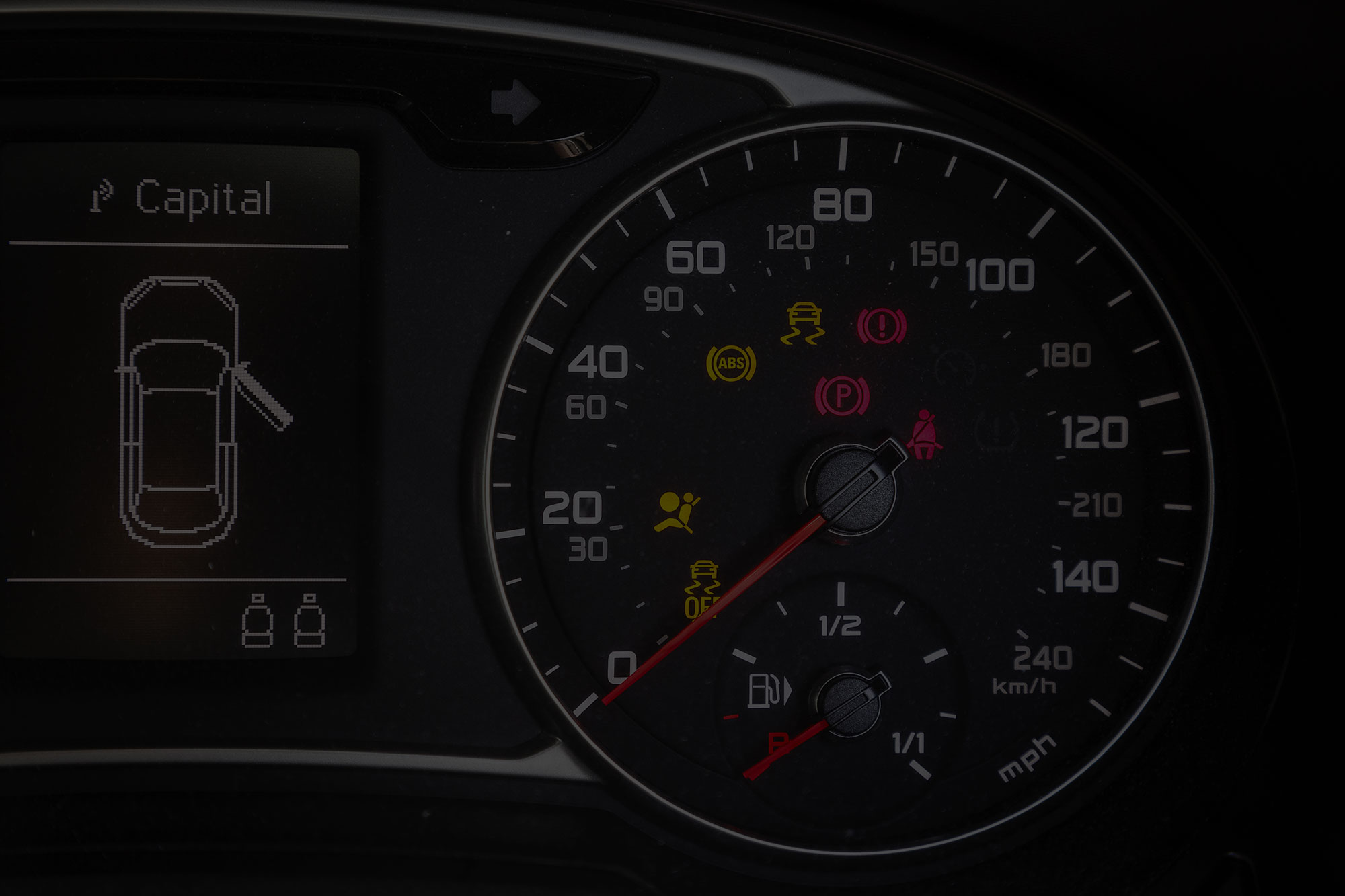Everything you need to know about number plates

Number plates (or licence plates) are part and parcel of owning a car and are legally required to drive your vehicle on the road. For some of our customers, they’re a secondary part of car ownership, little more than a necessity to be able to drive, but for some, March and September are an exciting time which sees new number plates rolling out across forecourts up and down the country.
With the introduction of new plates in March, we felt it was well-timed to explain some of the changes you may have noticed on UK roads over the past two years and take a deeper look at the information you can find on your number plates.
How to read number plates
You’re probably aware of how the year of registration is recorded on number plates but are you familiar with how the location of a car’s registration is recorded on your plates? The current system has been in place since September 2001 and follows the format of two letters, followed by two numbers and then three letters. The first two letters (named “memory tags” by the DVLA) refer to the place where the car was first registered, the very first letter identifying the region and the second specifying the nearest DVLA office.
For example, if a car were to be registered near our Harrogate garage, the first two letters would be Y (for Yorkshire), and the second letter would be any between A and L, depending on the location of the DVLA office.
It’s worth noting that the letters I, Q and Z don’t feature in local memory tags, but if you want a comprehensive list of existing tags, you can find them here.
The number that comes after memory tags shows the year the car was registered. If the vehicle was registered between March and August, the number would be the last two digits of the year. If the car is registered between September and February, the number would be the last two digits of the year, plus 50.
So, if our car that was registered near the Harrogate garage was registered in September 2021, the first half of the number plate would look like YA71.
The last three letters in a number plate are randomly assigned and therefore don’t hold any meaning other than making it possible to identify different vehicles.
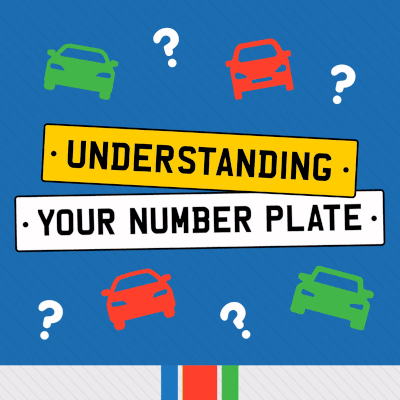
Recent changes to number plates in the UK
As with most other things in the automotive industry, nothing stays the same for too long. As technology progresses and new laws are passed, how we drive and what we drive changes.
As of September 2021, the material used in UK number plates has changed to a tougher, more resilient material. Originally called BS AU 145d, the new versions are known as BS AU 145e, and while the name doesn’t exactly roll off the tongue, the changes mean that they meet the new British Standard for Reflective Number Plates.
Plates must pass ten tests, including a recently introduced abrasion test that confirms whether the number plate can withstand debris like road salt and dirt.
Green number plates
First introduced in December 2020 for all battery electric vehicles, green plates have become an increasingly common sight on UK roads in the past year and are set to become even more popular as we move towards 2030. The green plates are fitted as standard on all zero-emission cars, vans, buses and motorcycles that are registered from December 8th 2020.
Aside from a green stripe on the side, a zero-emission number plate provides drivers with the opportunity to use incentives such as cheaper parking and free entry into clean air zones. If you’ve been considering making the switch to an EV, check out our ultimate guide to buying an electric vehicle!
Black and silver number plates
For owners of classic cars, the devil is in the details. However, if you’re using a silver and black number plate to create an authentic look, you should double-check when your car was manufactured. After the 1st of January 2021, the DVLA banned all vehicles manufactured on or after the 1st of January 1980 from displaying number plates that were black and silver, instead requiring them to use white and yellow options only.
Any vehicle manufactured before January 1st 1980, is considered a historical vehicle in terms of tax, as is any vehicle older than 40 years. Vehicles under the historic vehicle tax group are no longer required to pay vehicle tax and aren’t obliged to get an MOT for the car. Though not a legal requirement for classic vehicles to have an MOT, it can still be important to keep those essential safety measures in mind, for all drivers. That’s why we put together a handy guide to MOTs, including everything you might want to know ahead of a test.
Changes to the GB flag
Before Brexit, British number plates in Europe would feature a circle of EU stars with the letter GB underneath it to allow travel and driving abroad.
On 31 January 2021, a year on from Brexit, transport secretary Grant Shapps revealed a new design for number plates that featured GB under a union jack flag on the left-hand side of the number plate. Shortly after, the UN announced a redesign that replaced GB with the UK to include Northern Ireland.
The new UK sticker or magnet can be bought online or in the usual places such as post offices or garages.
If you’re in search of any advice on your number plate or are experiencing any issues with your car, we’re only a phone call away. Alternatively, you can always visit one of our garages and speak to one of our friendly mechanics.

